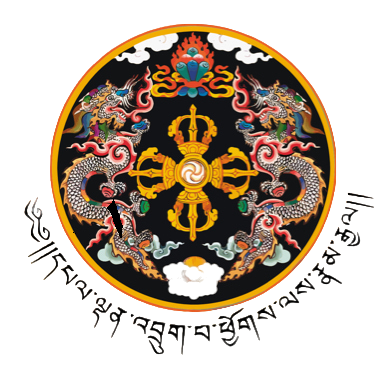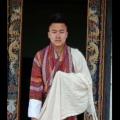Introduction
The Dzongkhag has a 150 bedded Regional Referral Hospital, which also serves as a District hospital in the Dzongkhag. Besides, there is a Grade I Basic Health Unit at Gyelpozhing, 22 Grade II Basic Health Units & 5 Sub-post at the Gewog level and 59 Outreach Clinics at the village level. There are 4 Traditional Medicine Units to provide better choice of services to the people.
The Dzongkhag is reaching out equal health services to people across the Dzongkhag through uniformed distribution of health centers, except in few places where we are posed with challenges out of difficult terrain and distance from the Geog centre. In addition, traditional medicine services are also equitably distributed giving people with choice of medications.
Vision
A well-functioning Public Health System providing equitable access to quality services promoting healthier and happier people in Mongar Dzongkhag
Mission
1. Provide quality primary, secondary and tertiary care services in both traditional and modern medicines.
2. Achieve high quality standards of preventive and curative health services in the Dzongkhag.
Definition of healthcare facilities
Primary Health Care Services: A basic level of health care that includes programs directed at the promotion of health, prevention of disease, early diagnosis of disease and rehabilitation.
Outreach Clinic: A primary health care facility that provides outreach services* on monthly scheduled date from parent health facility and within a walking distance** of more than one hour from the parent health facility.
Sub-post: A primary health care facility that has a permanent structure and manned by one health professional. It is an extension of a parent health facility established to reach the services to the remote communities. It is located within a walking distance of more than 3 hours/cut off seasonally from the parent health facility. The human resource and medical supplies are met from parent health facility.
Basic Health Unit (BHU II): A primary health care facility serving to a minimum catchment population of 1500 to 3000 and has 5 observation beds. It is located at more than one hour walking distance from a nearby health facility.
Satellite Clinic: A primary health care facility established for every 5000 population in Thromde (30 to 50 decimal land). It has services at par with that of a BHU II. Any additional service will be introduced on need basis.
Basic Health Unit (BHU I): A primary health care facility serving to a minimum catchment population of >3000 to 5000 and has 10 inpatient beds with dietary services.
Secondary Health Care Services: A level of health care that includes primary health care services and basic curative services in the areas of dentistry, physiotherapy, laboratory, radiology, traditional medicine, ophthalmology and emergency medicine.
Hospital II: A secondary health care facility serving to a minimum catchment population of 10000 having minimum 20 to 40 (40) inpatient beds. It is strategically located to cater as a referral facility to a group of BHU I. If located within the proximity of the Dzongkhag Head Quarter it is identified as the Dzongkhag Hospital. It is also a center for training of health professionals and biosocial research.
Hospital I: A health care facility providing secondary health care services, that has 40 to 60 (60) inpatient beds. It is strategically located and has additional services in the areas of Comprehensive Emergency Obstetric Care, Trauma Care and Essential Surgical Services only Trauma Care. It is also a center for training of health professionals and biosocial research.
Tertiary Health Care Services: A level of health care that includes speciality and sub- speciality services including community health services.
Regional Referral Hospital: A region-based health care facility that provides tertiary services, having a minimum of 150 inpatient beds. It has some specialty services. It is strategically located to cater as a referral facility for the hospitals in the region. It is also a center for training of health professionals and biosocial research.
National Referral Hospital: The apex health care facility that provides tertiary services, having a minimum of 350 inpatient beds. It caters as a referral center for the country. It is also a center for training of health professionals and center of excellence in the field of medical research.
Traditional Medicine Hospital/Units/Services: Traditional medicine is the sum total of the knowledge, skills, and practices based on the theories, beliefs, and experiences indigenous to different cultures, whether explicable or not, used in the maintenance of health as well as in the prevention, diagnosis, improvement or treatment of physical and mental illness.
Note:
• Outreach Services :Extended services such as Mother and Child Care, Immunization, Chronic disease follow up, treatment of minor ailment, basic emergency care and health promotion
** Walking Distance: Time taken by a service seeker like sick person, pregnant mother, mother with children, elderly persons and people with disability and approximately 2 to 4 km.
Some of the fact and figures of achievements of the Dzongkhag Health sector over the last 6 years include Sanitation coverage, Institutional deliveries, drastic reduction in under five deaths, Infant mortality, coverage of immunization and RWSS etc.






